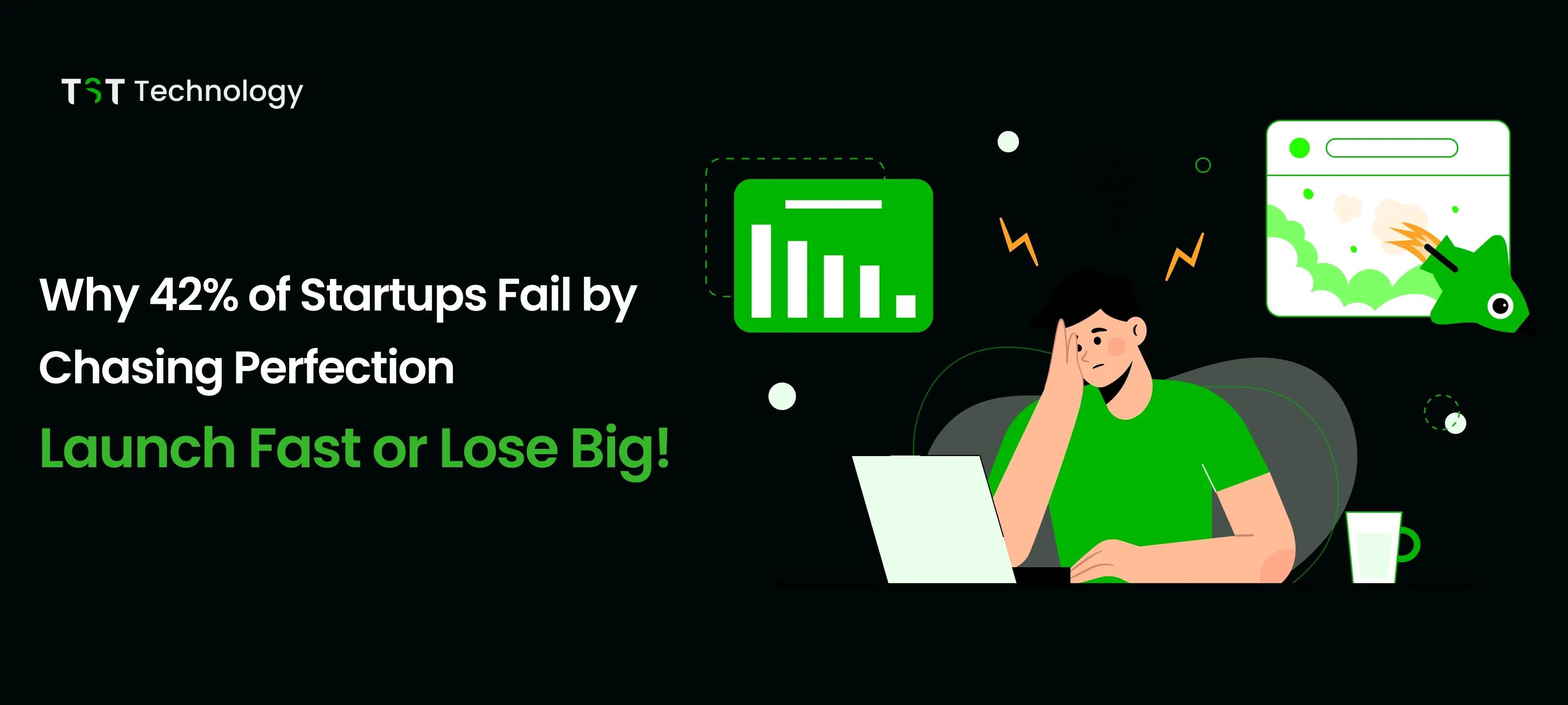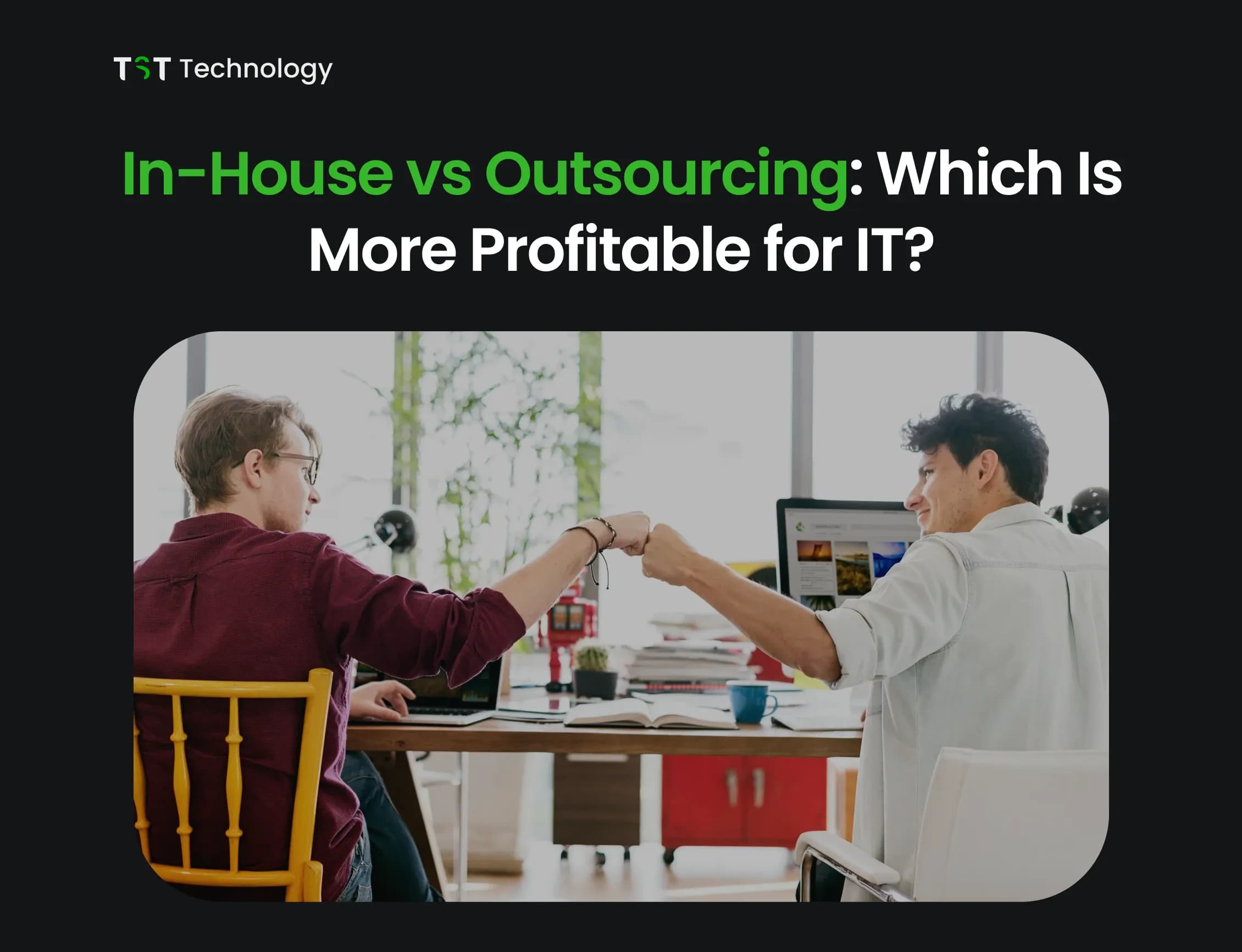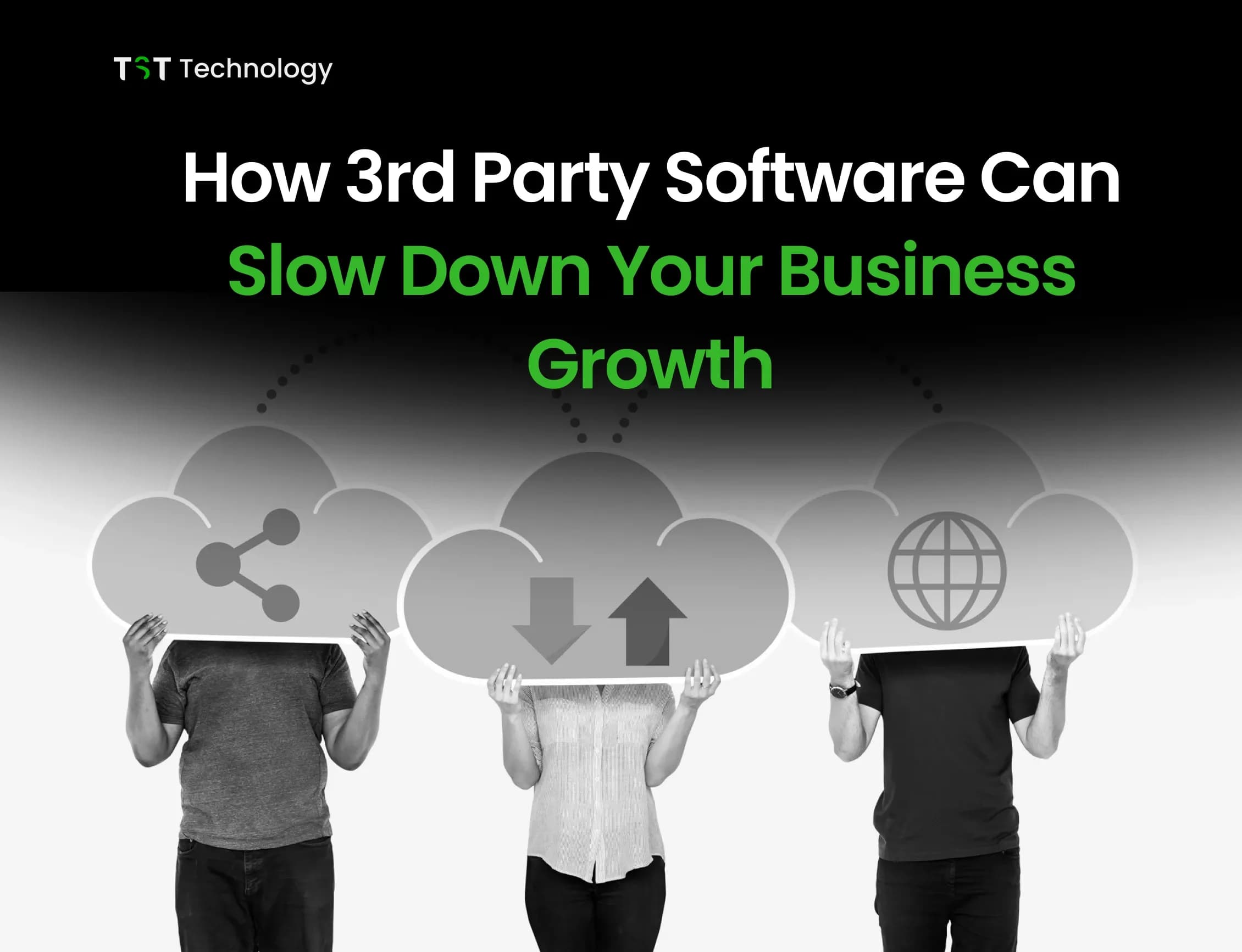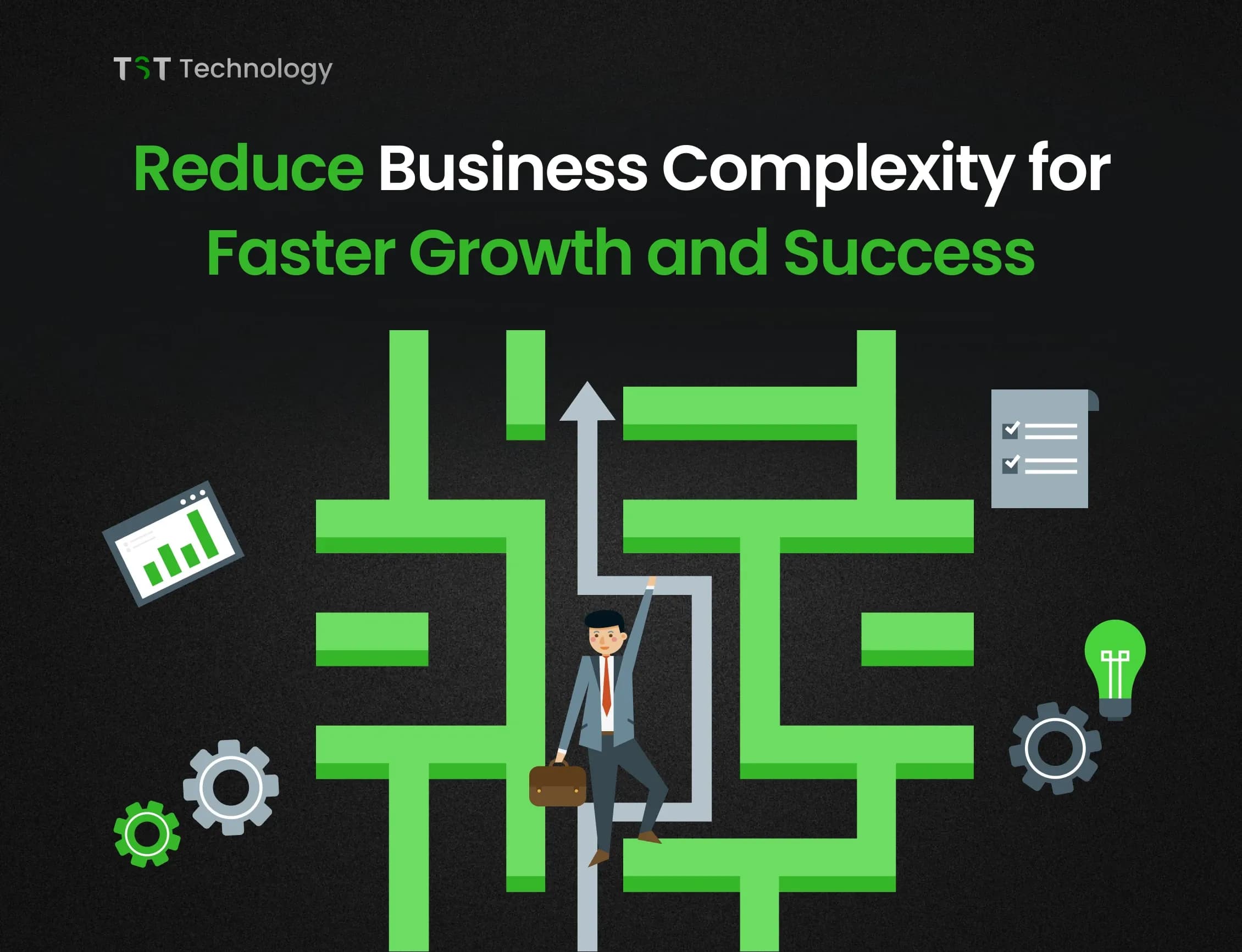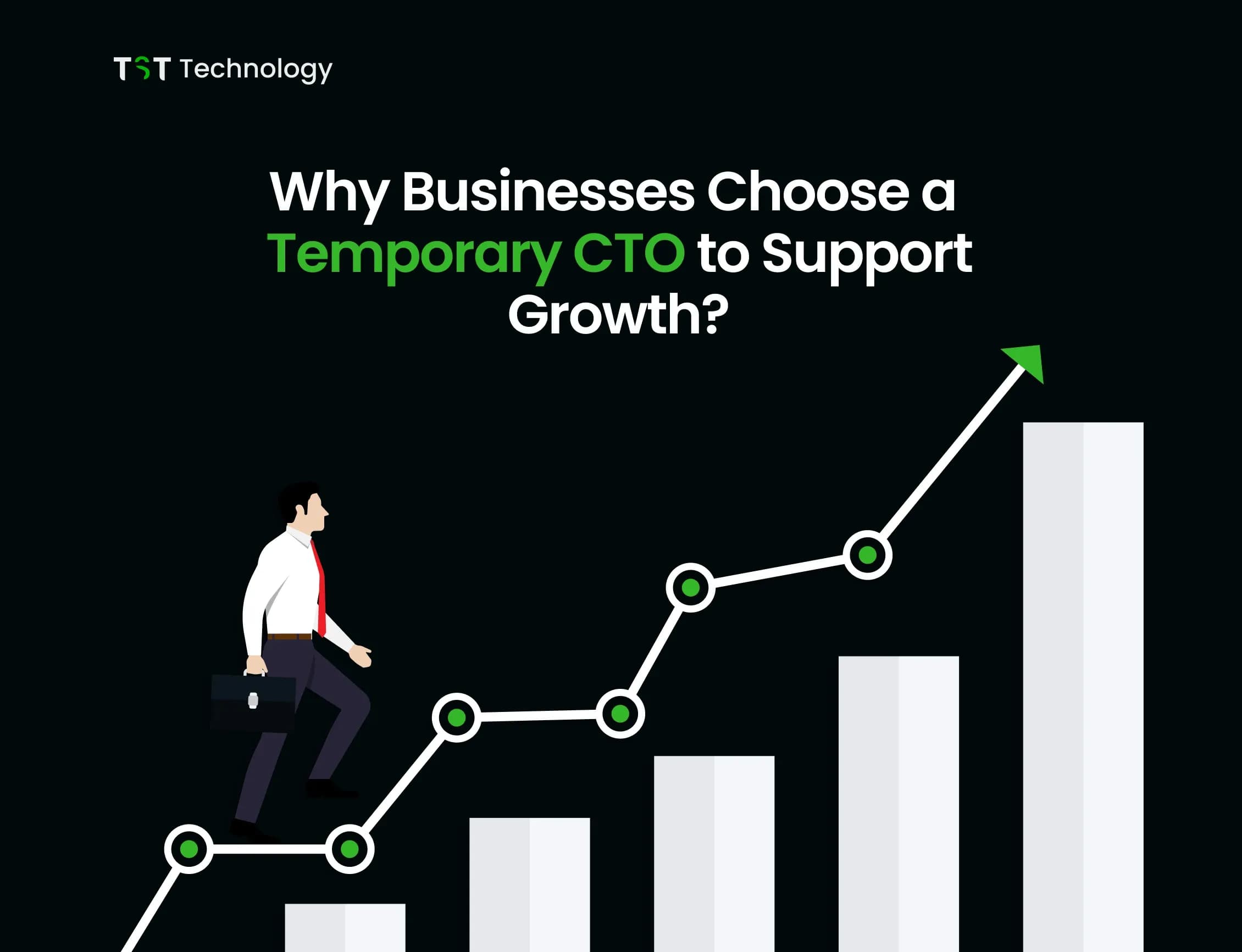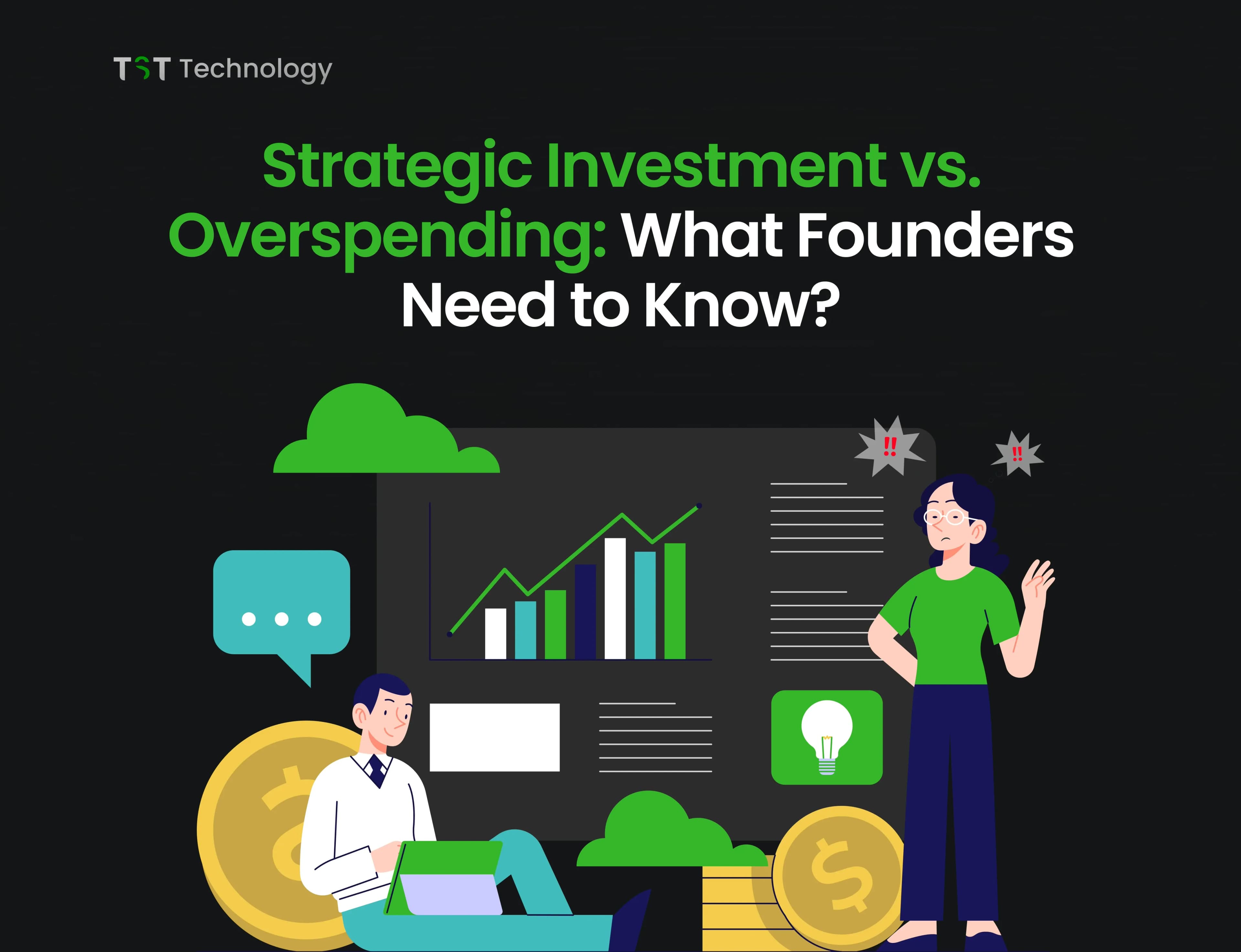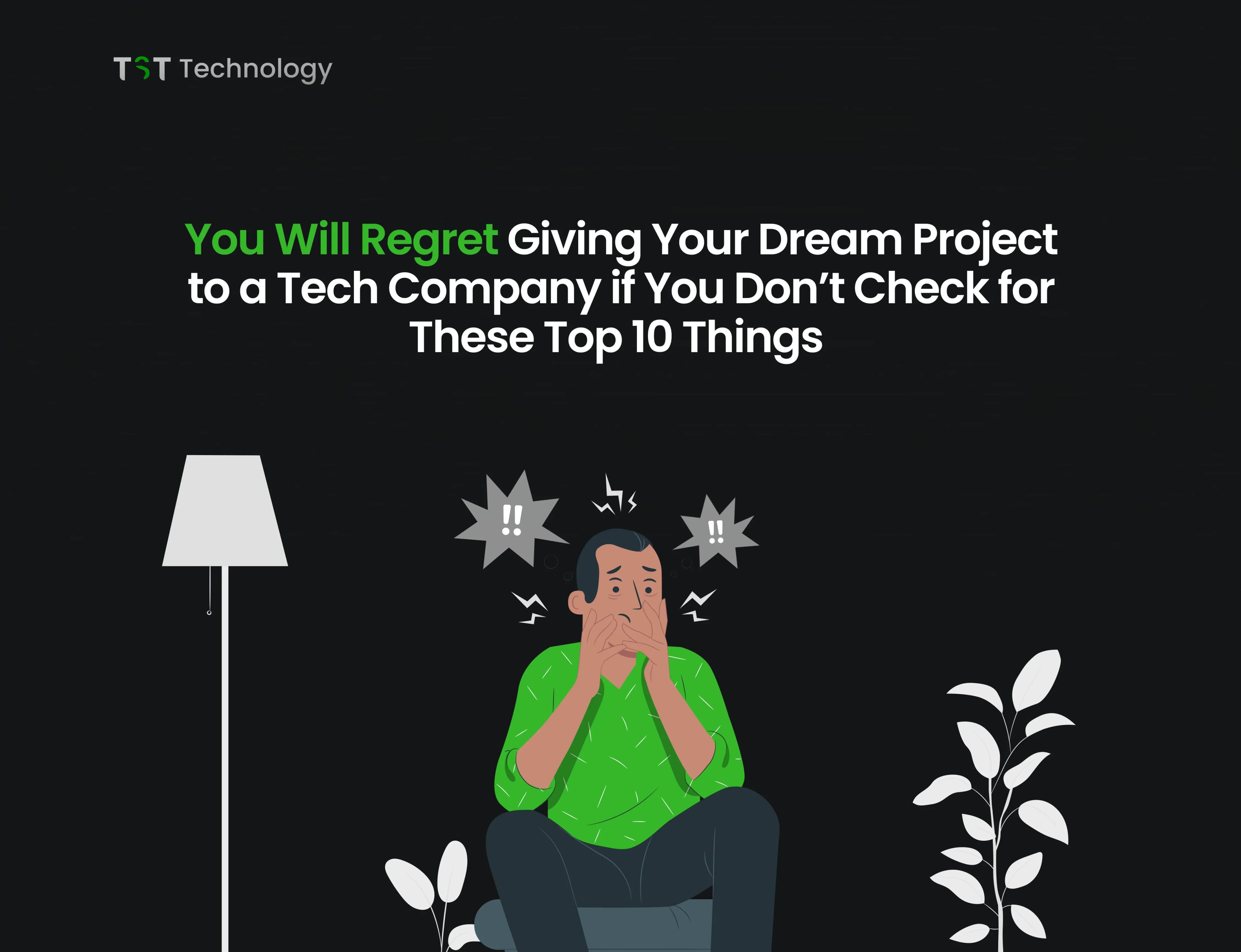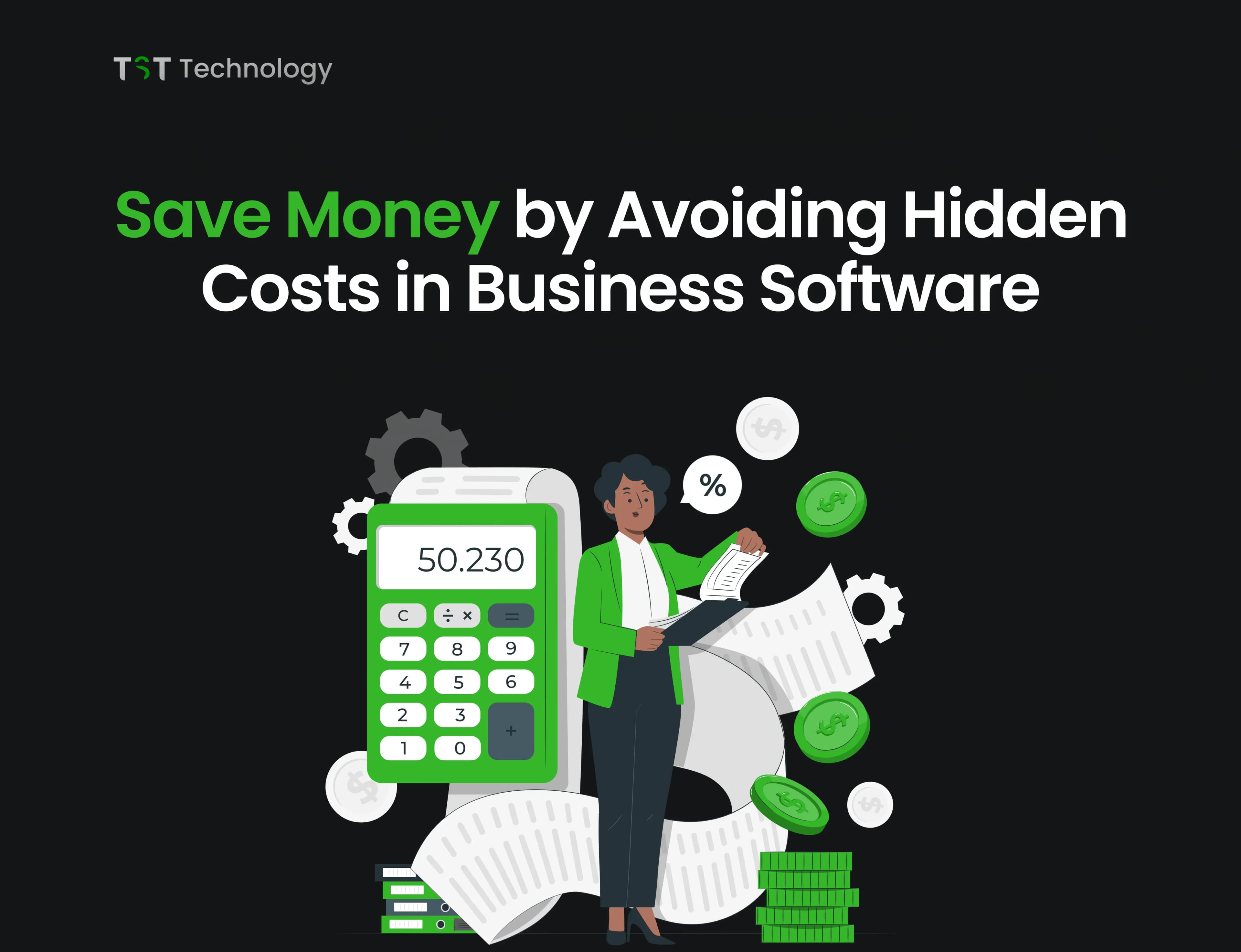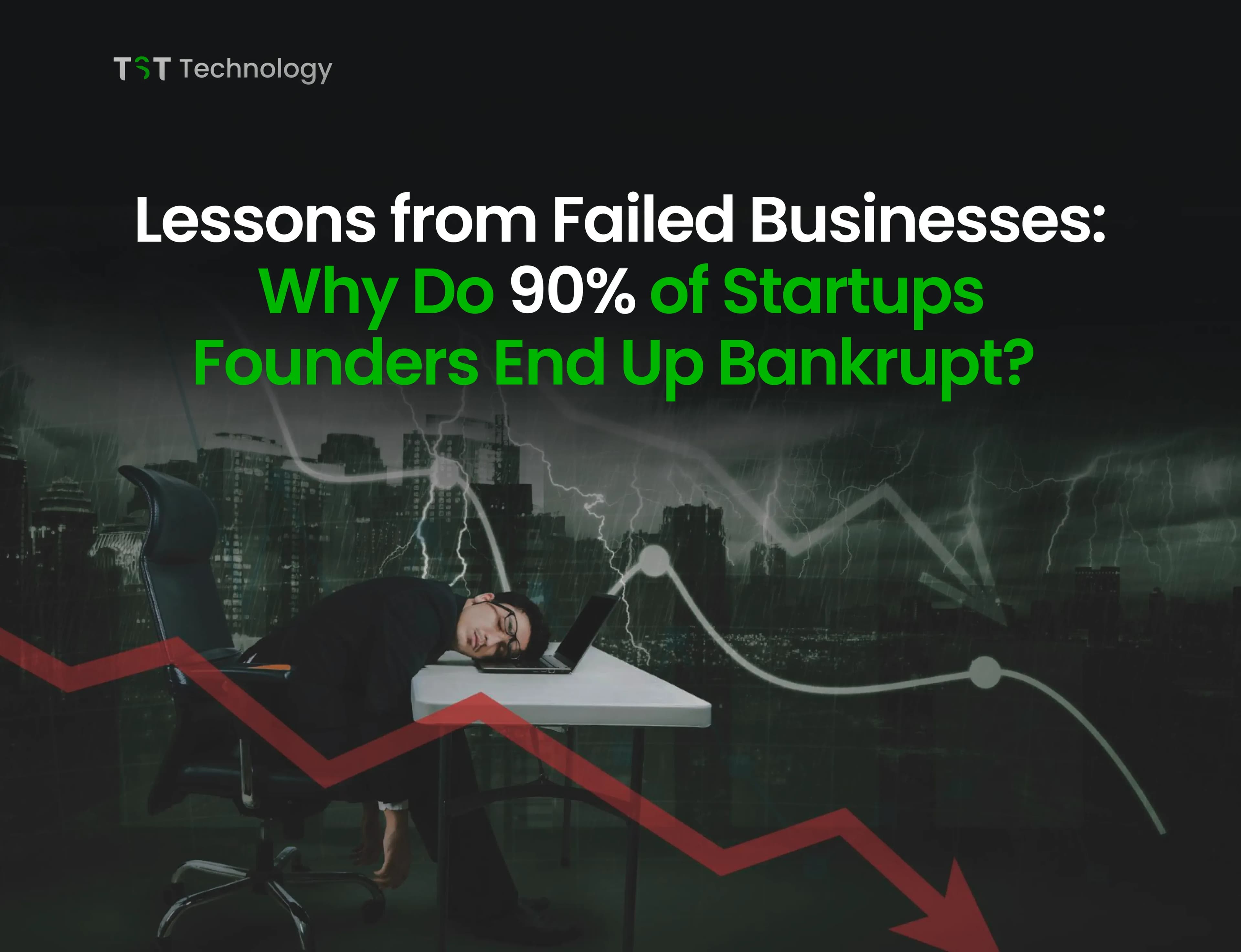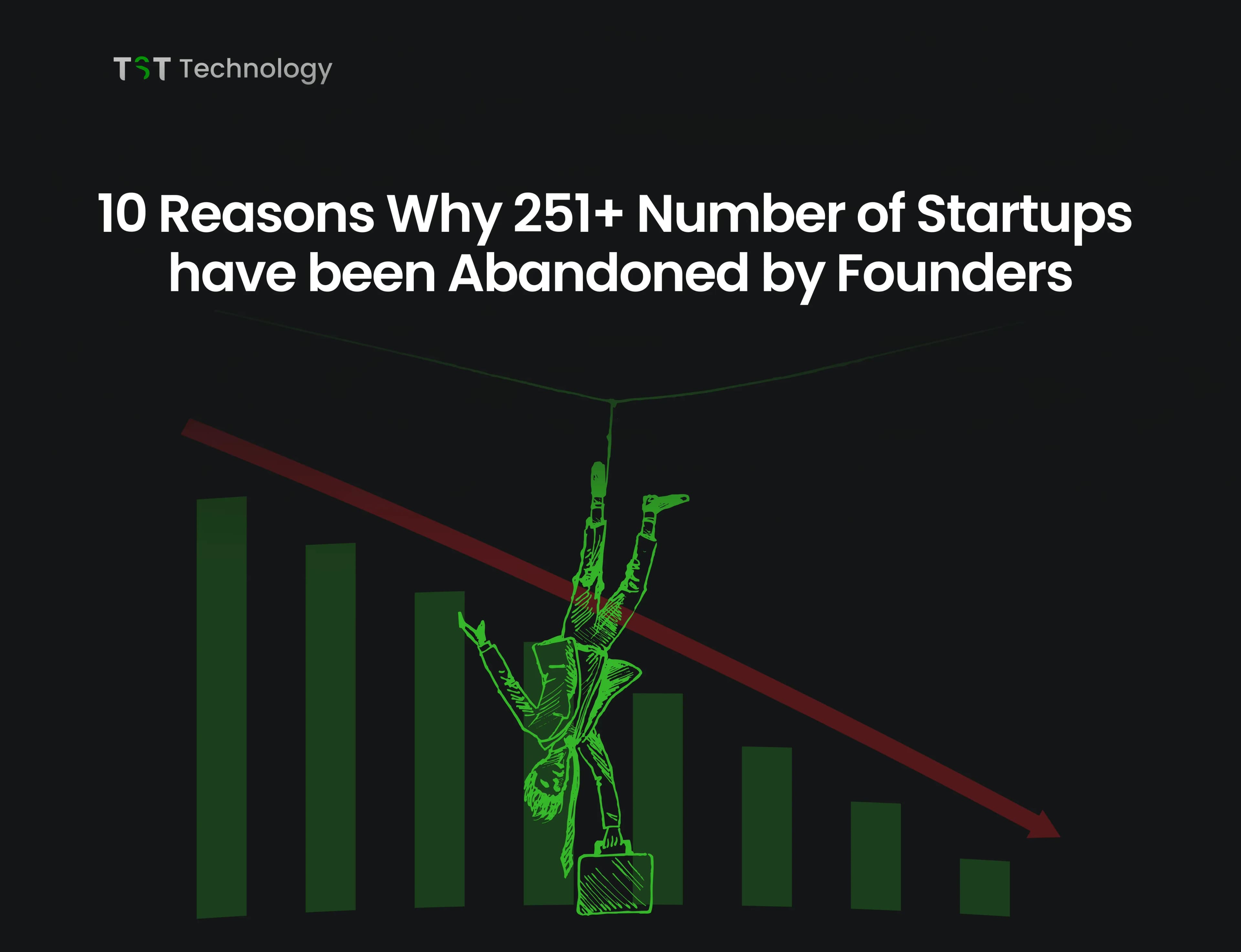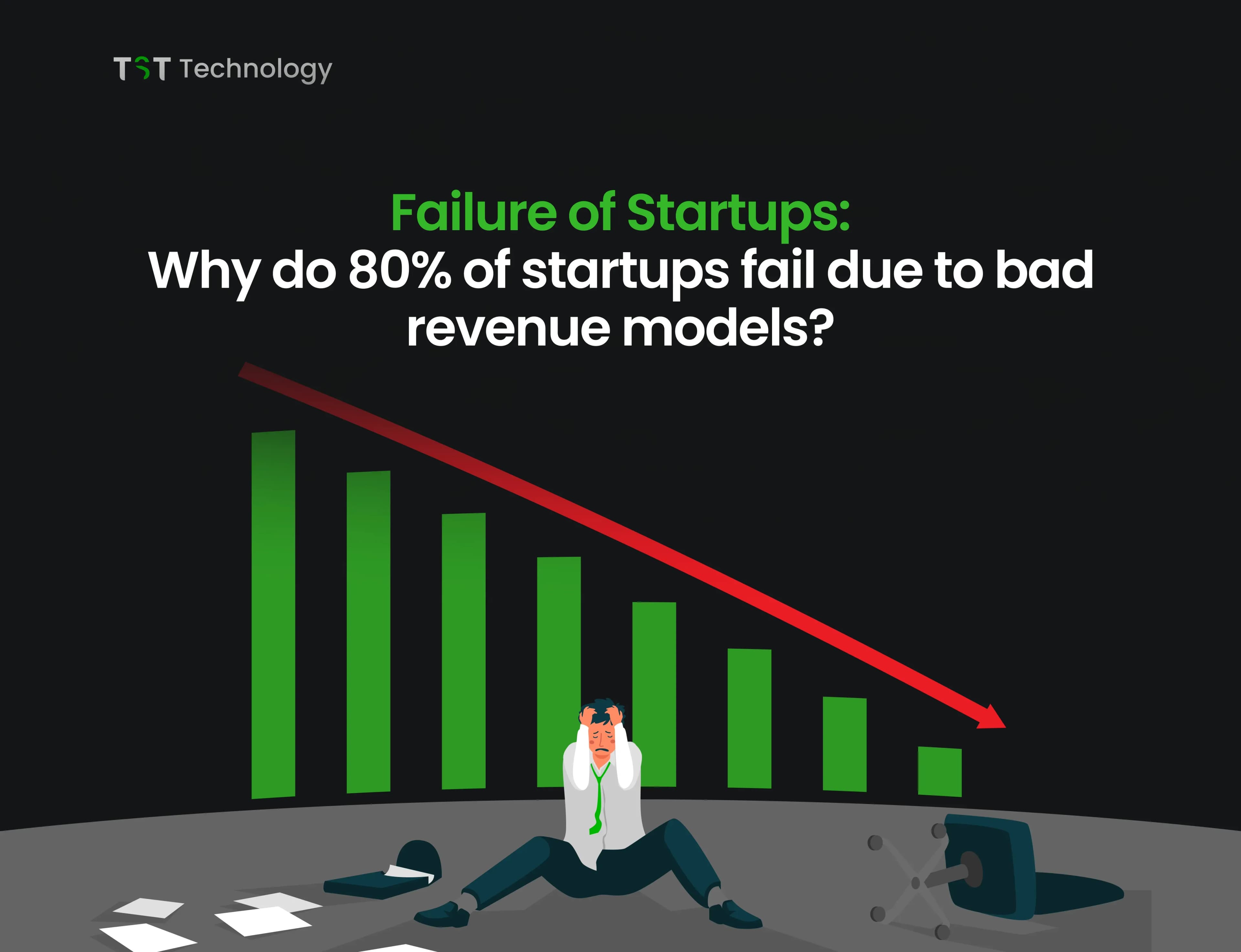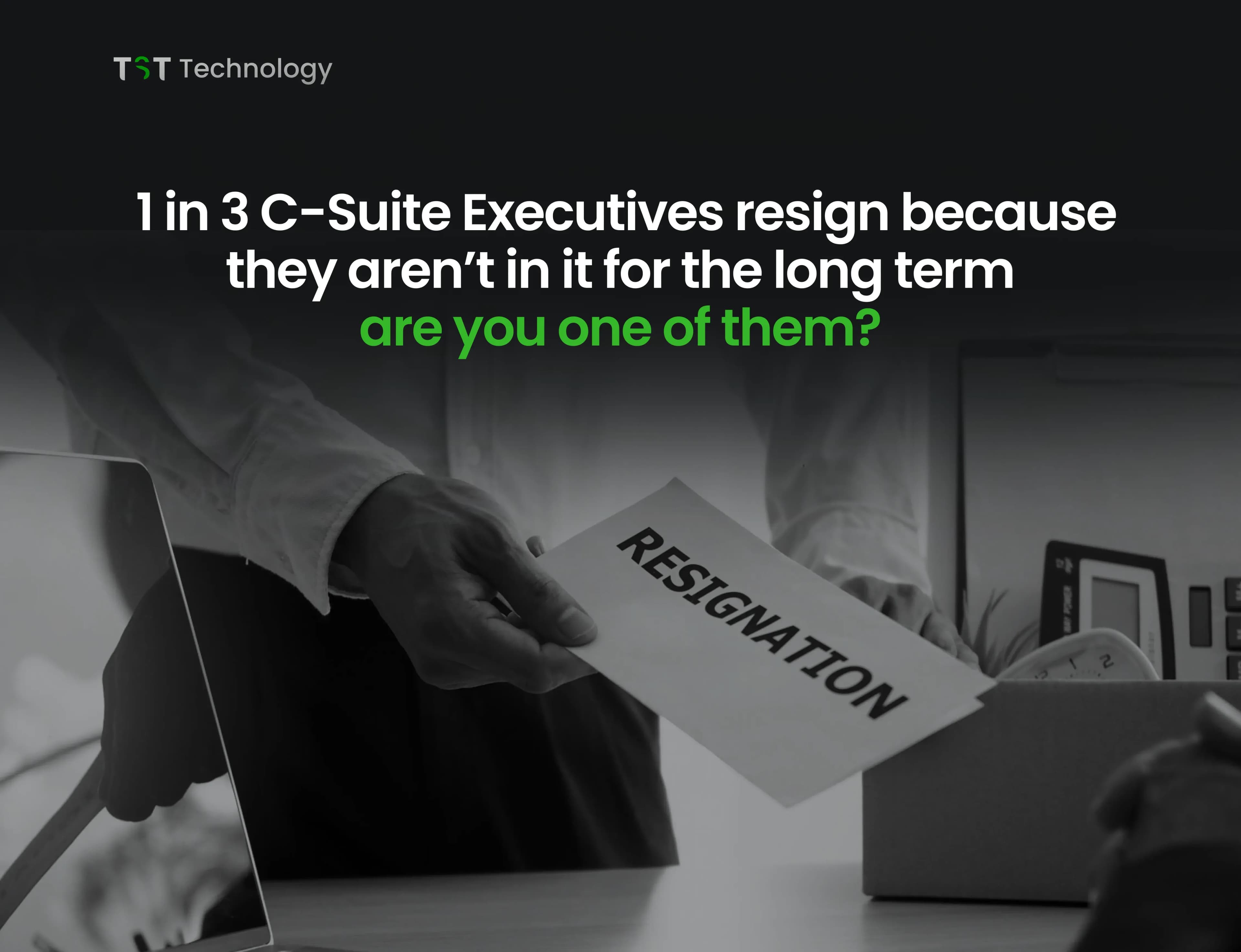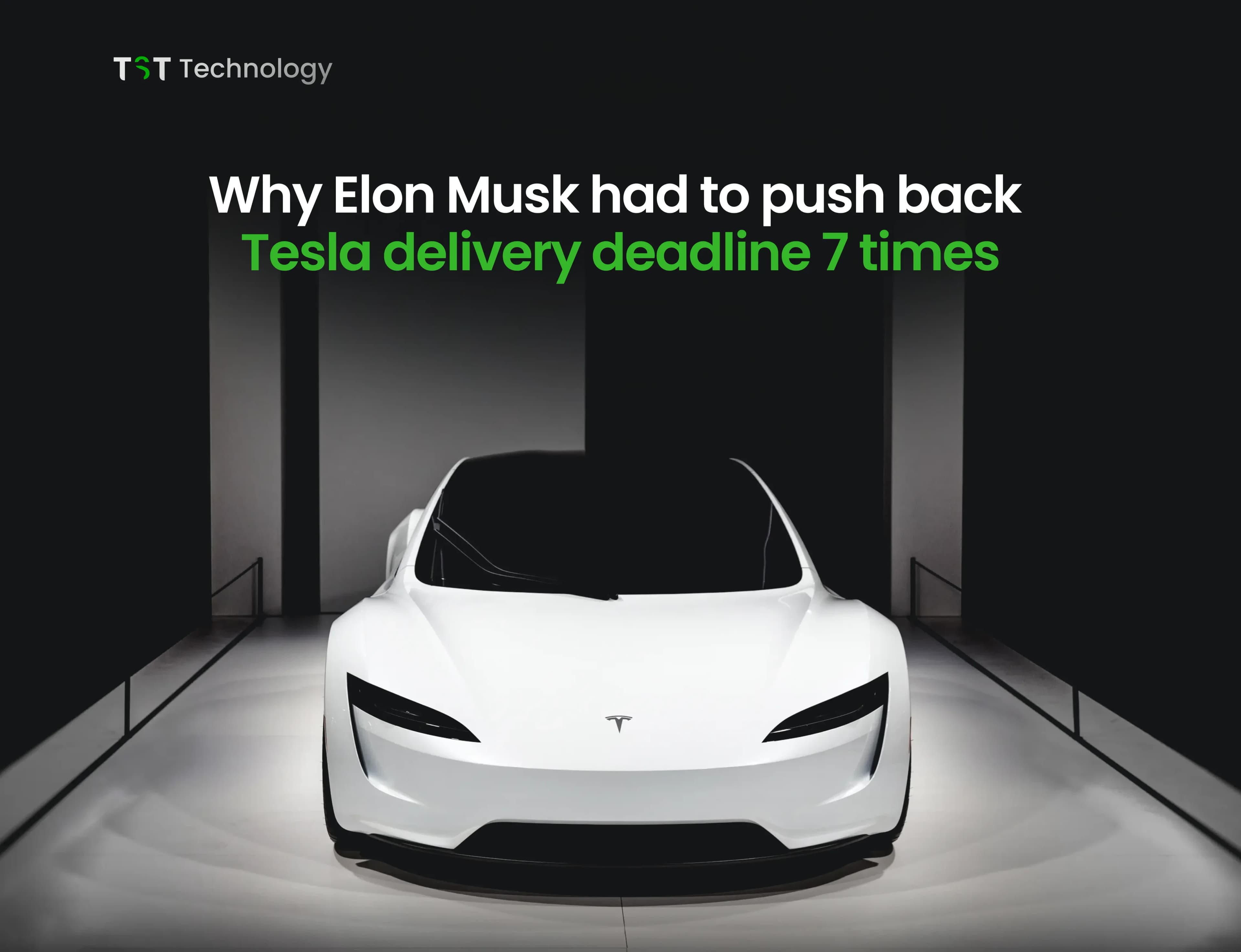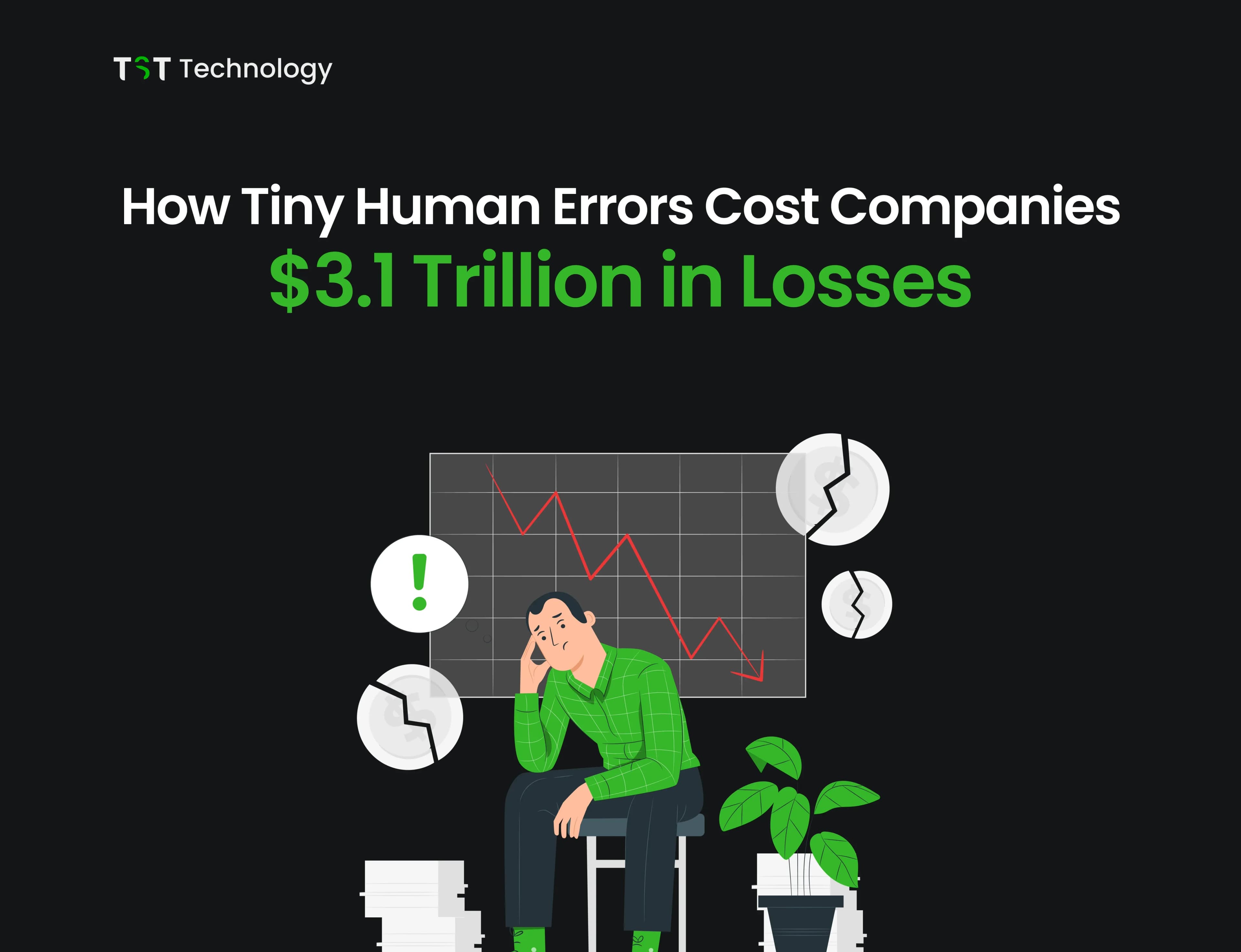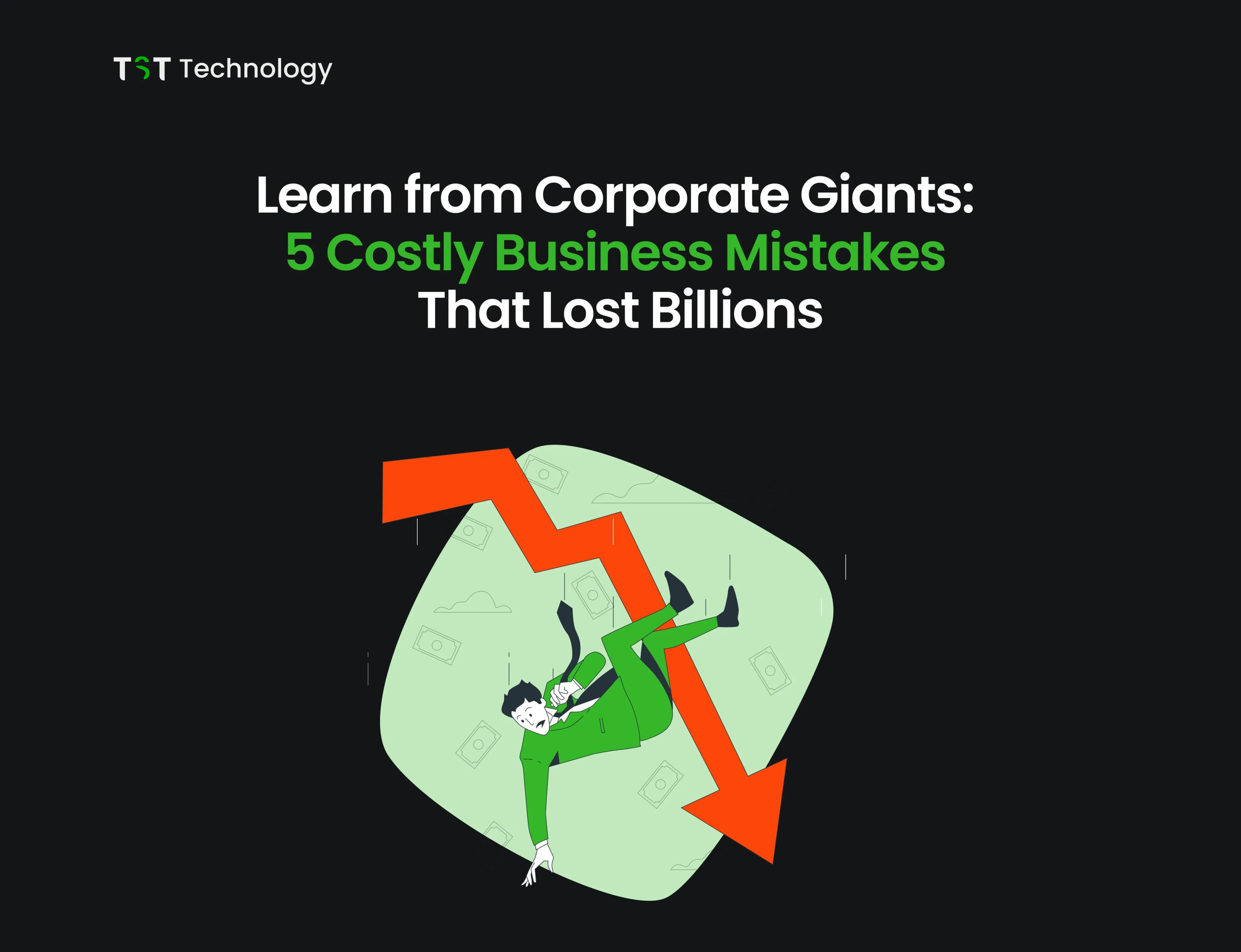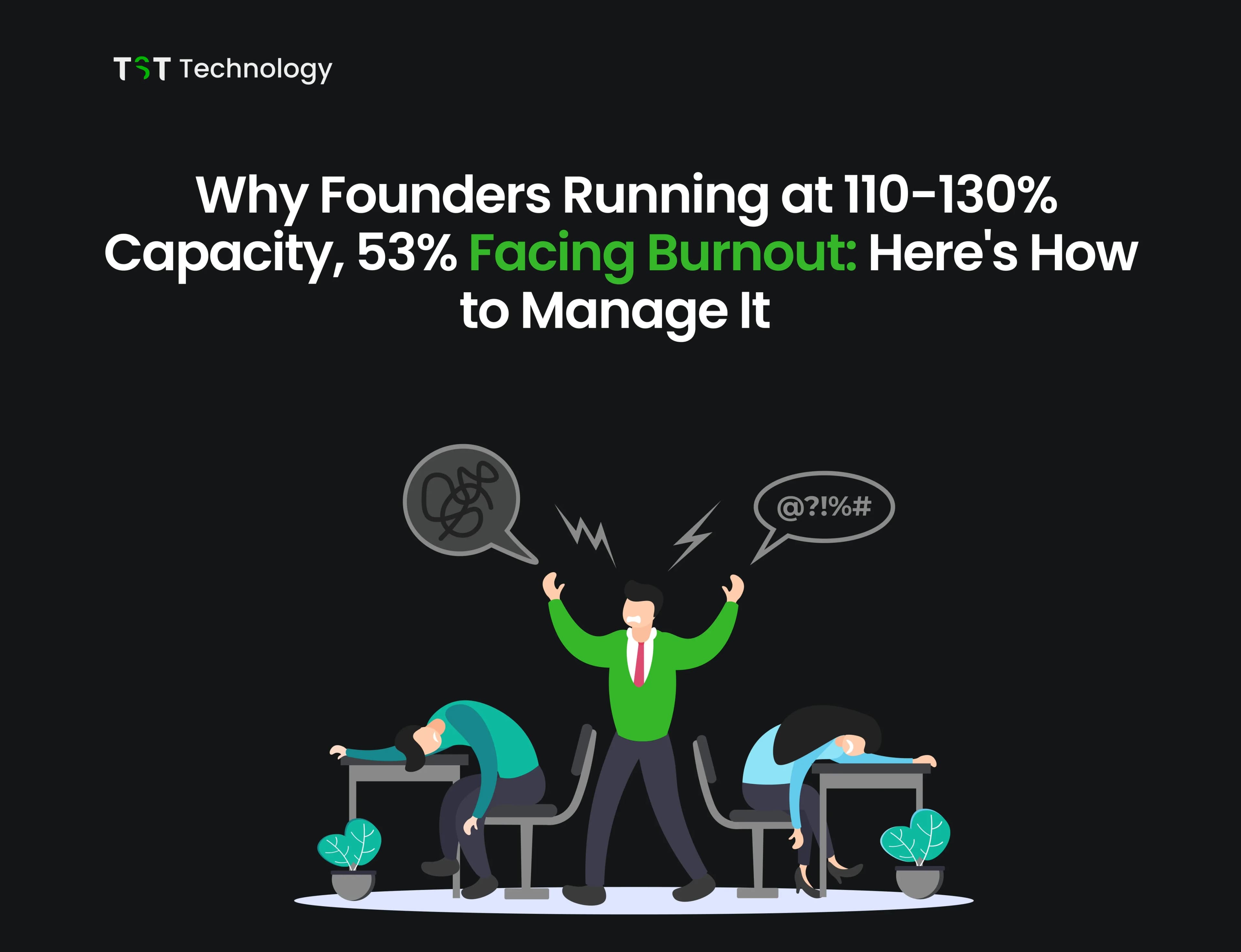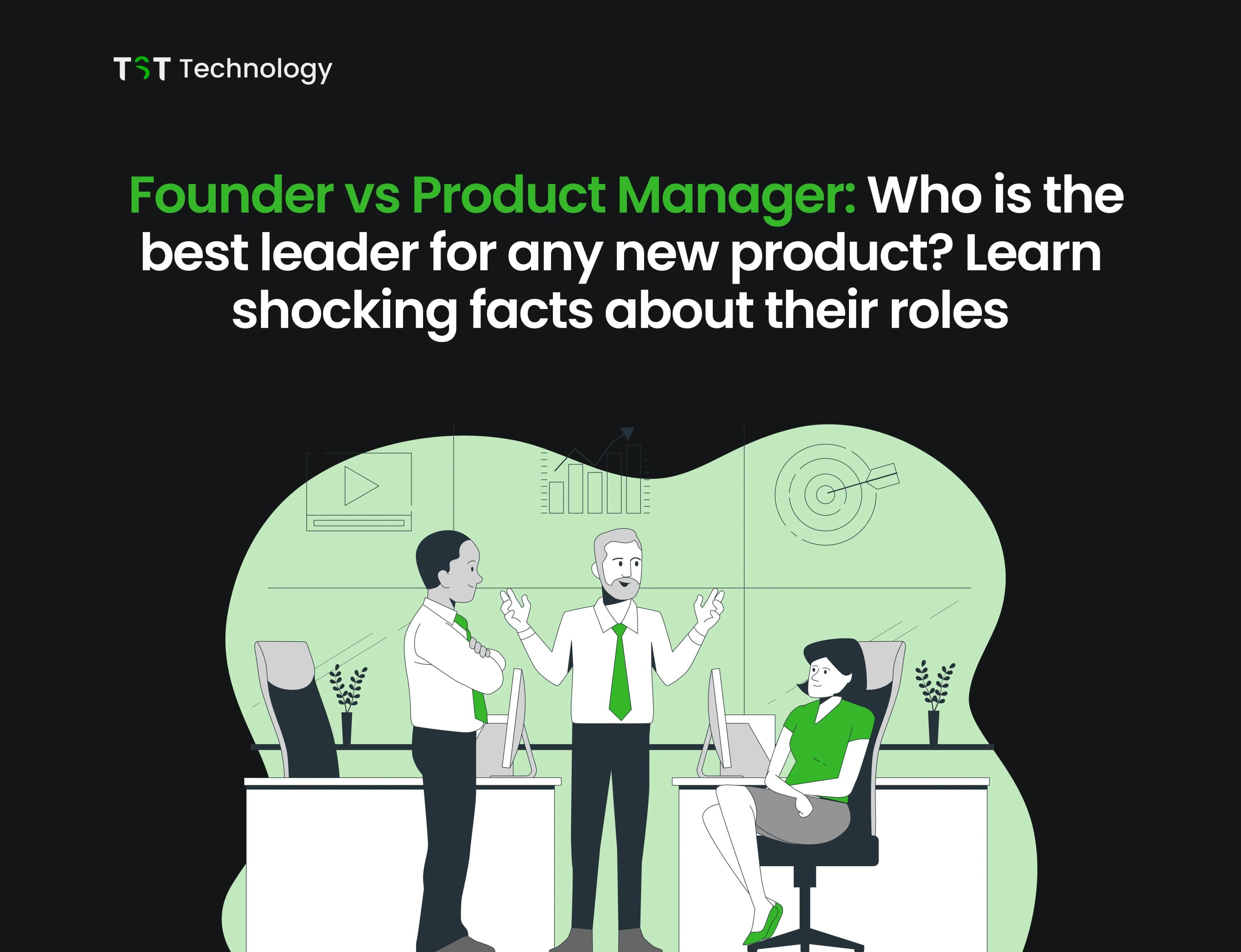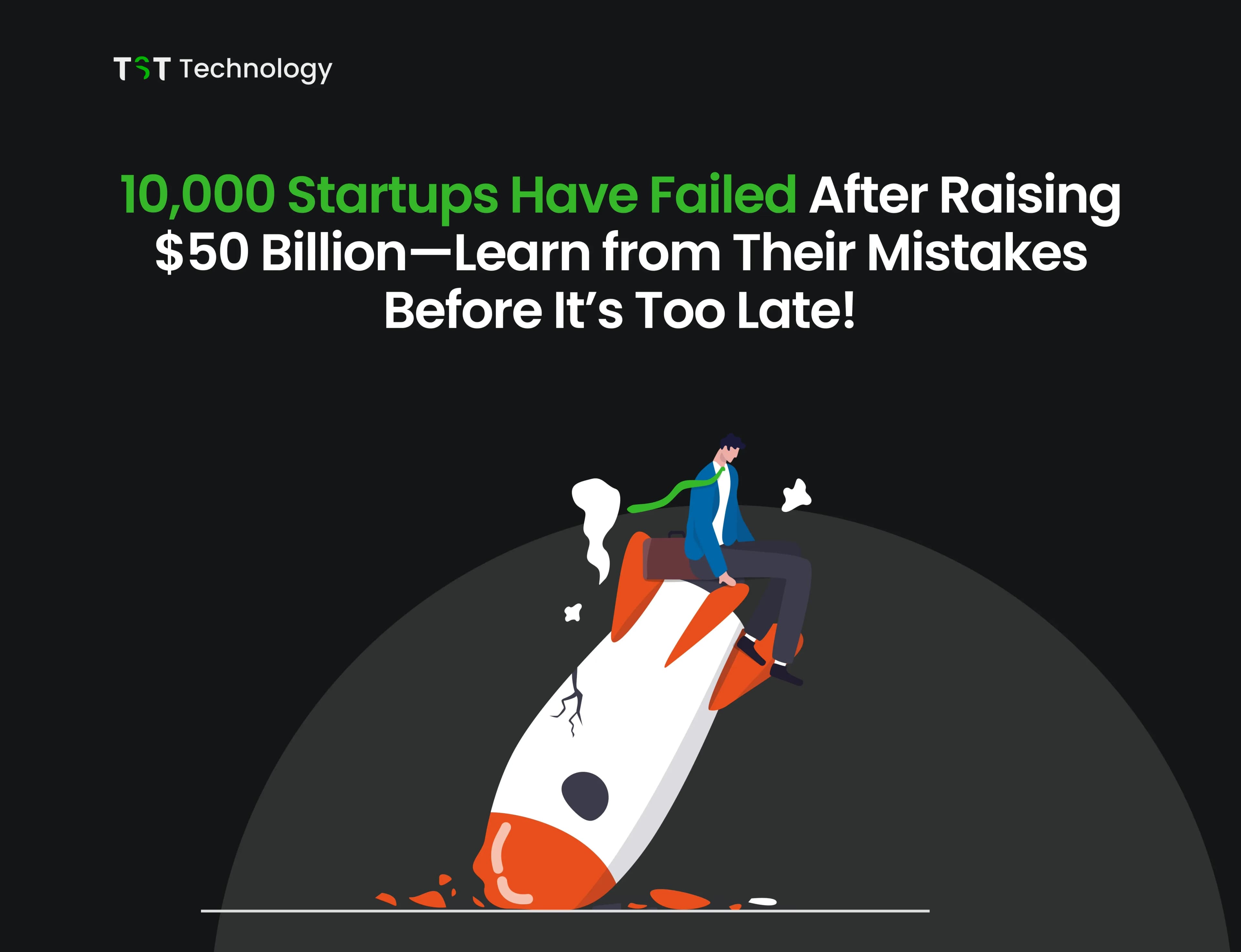Do you know 9 out of 10 startups die because they waited too long to launch?
Your 'Perfect' Launch Could Be Your Startup's Worst Mistake.
Here’s a hard truth:
When you spend time making perfect that logo and polishing every feature, you’ve missed your market window, and your competitors are learning, adapting, and capturing your market.
According to CB Insights, 42% of startups fail due to a lack of product-market fit, often because they delay launching and never validate their idea with real users. Another 36% fail because they miss the right market timing, which shows how dangerous it can be to wait too long for perfection.
In this post, discover:
The Hidden Cost of Perfection: how delays drain your runway and kill startups.
Real Failure Stories: lessons from founders who waited too long.
Ready to beat the 90% failure rate? Let’s dive in.
Are You Spending Months Perfecting Your Product, but Still Haven’t Launched It?

You’re not alone. Many startup founders fall into the trap of overthinking, overbuilding, and delaying real action.
Let’s uncover some quiet mistakes that often stop startups before they even begin.
1. Spending Too Much Time on the Logo and Branding
- Instead of working on the real product, many founders waste months making the "perfect" logo, website, branding, and designs.
- They feel like they are working hard, but actually, they are delaying the real work of solving a problem.
2. Fear of Launching without Perfection
- Founders keep thinking, “What if it's not perfect yet?” and delay launching.
- They wait and wait, trying to fix every small thing, and miss the right time to go to market.
3. Wasting Money Before Understanding User Needs
- Many founders spend lots of money on fancy offices, marketing, and technology without even checking if users want their product.
- They build big things first, without testing small.
4. Building Too Many Features Without Solving a Real Problem
- Instead of focusing on one important problem, founders keep adding more and more features.
- This makes the product confusing, heavy, and not useful for users.
5. Overthinking Decisions (Analysis Paralysis)
- Founders keep thinking about every small decision (like design, price, color, feature) and get stuck.
- They are afraid to take action, and because of that, they move very slowly or not at all.
6. Ignoring Real User Feedback
- Some founders guess what users want, instead of asking real users.
- Without feedback, they build products based on imagination, not reality and later realize users don’t like it.
7. Not Going to Market Early (Missing GTM- Go to Market Strategy)
- Instead of going to market early, getting user reviews, and improving, founders keep building and hiding the product.
- Because of this, they lose the chance to adjust early and beat the competition.
8. Getting Emotionally Attached to the "Perfect Vision"
- Founders fall in love with their original idea and refuse to change it, even if users are not interested.
- They don't accept feedback and end up building something nobody wants.
All these problems are very real and happen with many startups.
That's why it's important to launch fast, listen to users, solve real problems, and keep improving instead of chasing perfection forever.
Real Solutions That Help Founders Move Forward

1. Launch Early, Even If It’s Not Perfect
- Don’t wait for a perfect product. Launch a basic version (MVP) to see how real users react.
- This saves time, money, and helps you learn what’s useful for users.
2. Talk to Real Users and Take Feedback Seriously
- Go to your users early. Try to understand their likes, dislikes, and the daily challenges they run into.
- Real insights guide you toward building something that fits their needs, not just your ideas.
3. Focus on Solving One Real Problem, Not Building Many Features
- Instead of adding lots of features, find one clear problem and solve it better than anyone else.
- A simple solution to a big pain point is more powerful than a complex product with no clear value.
4. Use a Go-To-Market (GTM) Strategy Early
- Don’t wait to start marketing. Plan how you will reach your target users and test your idea in the real world.
- A clear GTM plan helps you find early customers, collect feedback, and grow smartly.
5. Start Small and Improve Step by Step
- Don’t try to build everything at once. Start with the most important part, launch it, and keep improving it.
- This way, you can stay flexible and change things based on user needs.
6. Control Your Spending in the Early Stages
- Avoid spending too much on design, branding, or offices before you validate your product.
- Use that money to learn about your market and test what works.
7. Accept that Perfection is a Slow Trap
- Perfection sounds good, but it usually delays action.
- It’s okay to make mistakes, you’ll learn more by doing than by overthinking.
8. Stay Open to Change and Pivot If Needed
- If your users don’t love your product, don’t be afraid to change direction.
- Many successful startups started with one idea and shifted after learning what users wanted.
9. Build a Feedback Loop- Launch, Learn, Improve
- Make this your system: build, launch, collect user feedback, fix issues, and launch again.
- This loop keeps your product growing and gets you closer to what the market needs.
Real solutions don’t come from overthinking, they come from doing, listening, and improving.
If you want to succeed, launch something real, get your hands dirty, and let your users guide your journey.
Real-World Case Studies That Show Why Action Beats Perfection
1. KFC: Started Small, Built Big

KFC’s founder, Colonel Sanders, didn’t wait to build a perfect restaurant or a full brand.
He just started by selling his chicken recipe to local restaurants.
Problem:
- If he had waited to build a full restaurant chain before testing the recipe, he might never have started.
Solution & Result:
- He took action, tested the recipe with people first, and slowly expanded based on feedback and success.
- KFC later became one of the biggest food brands in the world.
Lesson: Start with what you have. Test with real users. You can grow and polish later.
2. Jotform: Launched Fast, Improved Later

Jotform, a form builder tool, didn’t wait for perfection. The founder launched a simple version and then improved it over time.
Problem:
- Spending too much time trying to build a perfect product would have delayed their entry into the market.
Solution & Result:
- They launched early, listened to users, and kept making it better.
- Today, Jotform is used by millions because it acted fast and focused on real feedback.
Lesson: Don’t wait for a perfect product. Launch early, learn, and improve from real users.
3. Instagram: Success After Removing Features

Instagram started as a Burbn app with features like check-ins, messages, and photos.
Problem:
- The app had too many features, which confused users and didn’t solve their main problem.
Solution & Result:
- Photo sharing turned out to be the main reason users were opening the app.
- They removed everything else and focused only on that feature, which became a massive success.
Lesson: Simplicity wins. Focus on the one thing users love most and improve it fast.
Each of these case studies proves that waiting for perfection often causes startup failure.
What works best is to start simple, solve a real user problem, and improve based on feedback.
Conclusion
Many startup founders waste time and money chasing perfection.
But success comes from launching early, learning from users, and solving real problems. The best way to grow is to take action, not just plan endlessly.
Start now and improve later because waiting for perfection delays real progress.
See you in the next blog with more helpful tips- until then, keep building and stay curious!

